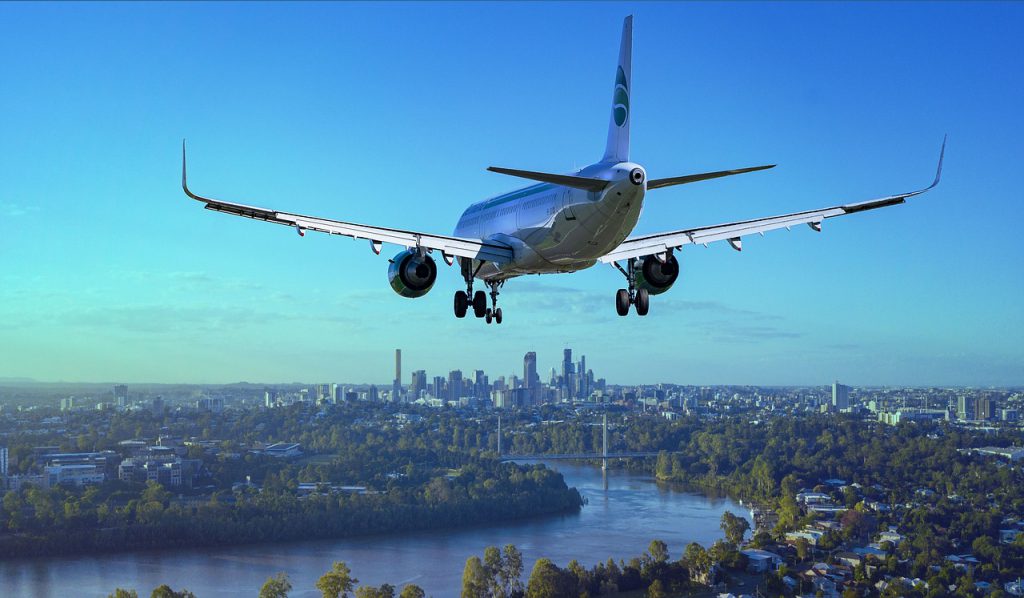It’s not a totally foreign concept for businesses to take advantage of automated assistance. Aerospace giant Boeing has been experimenting with the technology, but it has some drawbacks. Automated assistance is now found in any industry from automotive to domestic appliances and more. Large and small companies are finding more use for this technology to make things more efficient, too.
An Aerospace robot’s day
Almost all robots used in the aerospace industry do a variety of tasks. They carry out operations such as fabricating aircraft engines and are then used to perform drilling, painting, and other tasks on airframes.
Drilling holes into components has always been done manually, but there’s now a new way of doing it that can save time and money. Robots drill and attach metal panels perfectly to create airplane parts, making a single pass over the part. The robot that does this will also countersink to make it easier for human assemblers to be able to install screws onto the next sheet of metal being put on. This technology has been created by KUKA Systems, which is well known for their work in automating manufacturing processes in the automotive industry.
Laying off robots
Boeing can’t deny the benefits of autonomous solutions, but they have a complicated history with human workers. Though their new planes have some automated aspects, Chicago-based Boeing doesn’t want to lay workers off who work with the industry’s most sophisticated technology.
In 2019, Boeing moved back to relying on hand-tooled mechanics to manually insert fasteners. This process is not new to Boeing’s manufacturing and was refined on their 787 Dreamliner production line. Ironically, FAUB was designed to replace humans who inserted 60,000 rivets with hand tools–remarkably the same number they were replacing with automation!
One of the reasons we’re using humans instead of robots is that they never complain or ask for raises. Robots have their benefits, but they don’t work well in groups. They also can’t communicate clearly how they were hurting production timelines and problems they caused in final assembly because they couldn’t see, hear, or understand human language. So teamwork is more efficient with humans. Humans working inside and out of fuselage panels had difficulty moving in sync, which led to production delays due to workers having to fix the mismatched machined parts and jets rolling out with partly completed jobs.
Despite the initial setback, the project wasn’t an outright failure for Boeing. In 2019, The Star reported that Boeing Vice President Jason Clark told them that “We did learn a lot from that.”
Using robotics in strategic ways
One of the most exciting areas that robots will have an impact on is aviation. This includes airplane and helicopter wings, even the vehicles that transport large aircraft.
The company believes the 777X will be the world’s largest and most efficient twin-engine jet. It also claims that this new plane will deliver 10 % lower fuel use and emissions and 10 % lower operating costs than the competition. Another big draw is that Boeing plans to assemble this plane with robots and humans competing for a role in its future.

